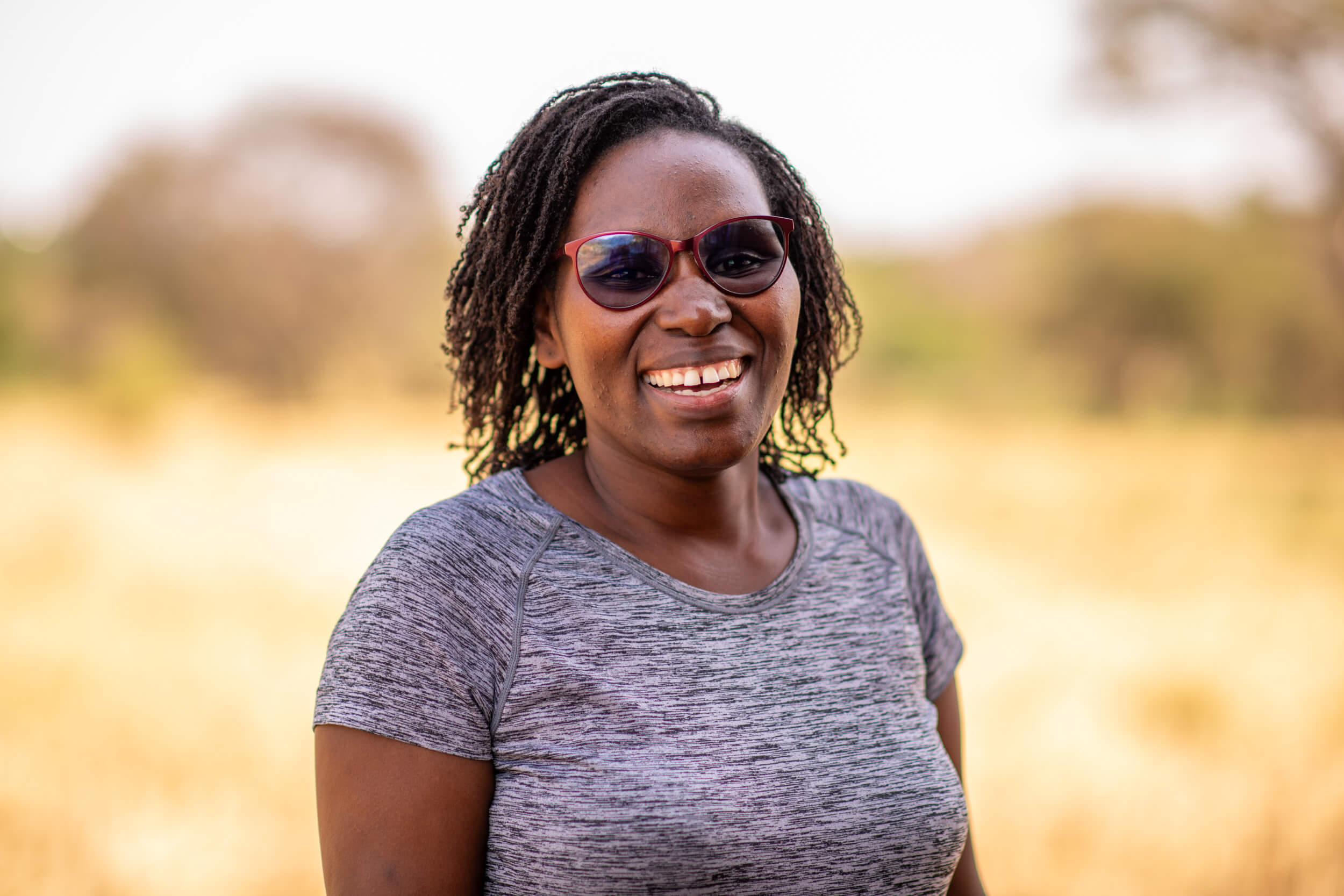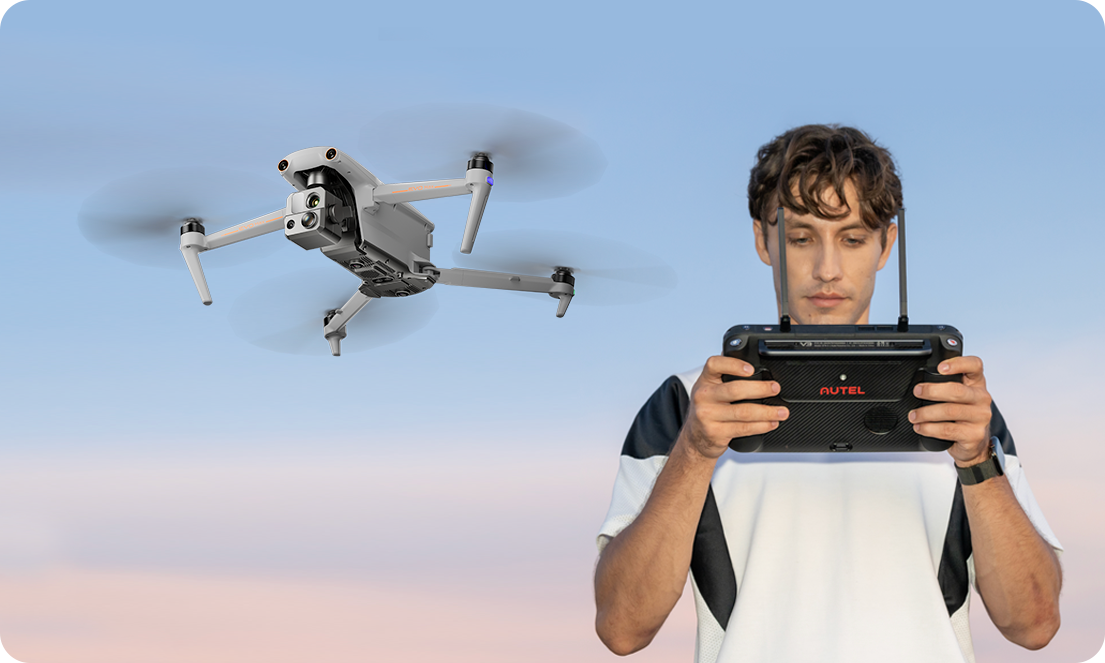With new technologies revolutionizing data collection, wildlife researchers are becoming increasingly able to collect data at much higher volumes than ever before. Now we are facing the challenges of putting this information to use, bringing the science of big data into the conservation arena. With the help of machine learning tools, this area holds immense potential for conservation practices. The applications range from online trafficking alerts to species-specific early warning systems to efficient movement and biodiversity monitoring and beyond.
However, the process of building effective machine learning tools depends upon large amounts of standardized training data, and conservationists currently lack an established system for standardization. How to best develop such a system and incentivize data sharing are questions at the forefront of this work. There are currently multiple AI-based conservation initiatives, including Wildlife Insights and WildBook, that are pioneering applications on this front.
This group is the perfect place to ask all your AI-related questions, no matter your skill level or previous familiarity! You'll find resources, meet other members with similar questions and experts who can answer them, and engage in exciting collaborative opportunities together.
Just getting started with AI in conservation? Check out our introduction tutorial, How Do I Train My First Machine Learning Model? with Daniel Situnayake, and our Virtual Meetup on Big Data. If you're coming from the more technical side of AI/ML, Sara Beery runs an AI for Conservation slack channel that might be of interest. Message her for an invite.
Header Image: Dr Claire Burke / @CBurkeSci

Explore the Basics: AI
Understanding the possibilities for incorporating new technology into your work can feel overwhelming. With so many tools available, so many resources to keep up with, and so many innovative projects happening around the world and in our community, it's easy to lose sight of how and why these new technologies matter, and how they can be practically applied to your projects.
Machine learning has huge potential in conservation tech, and its applications are growing every day! But the tradeoff of that potential is a big learning curve - or so it seems to those starting out with this powerful tool!
To help you explore the potential of AI (and prepare for some of our upcoming AI-themed events!), we've compiled simple, key resources, conversations, and videos to highlight the possibilities:
Three Resources for Beginners:
- Everything I know about Machine Learning and Camera Traps, Dan Morris | Resource library, camera traps, machine learning
- Using Computer Vision to Protect Endangered Species, Kasim Rafiq | Machine learning, data analysis, big cats
- Resource: WildID | WildID
Three Forum Threads for Beginners:
- I made an open-source tool to help you sort camera trap images | Petar Gyurov, Camera Traps
- Batch / Automated Cloud Processing | Chris Nicolas, Acoustic Monitoring
- Looking for help with camera trapping for Jaguars: Software for species ID and database building | Carmina Gutierrez, AI for Conservation
Three Tutorials for Beginners:
- How do I get started using machine learning for my camera traps? | Sara Beery, Tech Tutors
- How do I train my first machine learning model? | Daniel Situnayake, Tech Tutors
- Big Data in Conservation | Dave Thau, Dan Morris, Sarah Davidson, Virtual Meetups
Want to know more about AI, or have your specific machine learning questions answered by experts in the WILDLABS community? Make sure you join the conversation in our AI for Conservation group!
Stellenbosch University & The Cape Leopard Trust

- 0 Resources
- 22 Discussions
- 6 Groups
- @LianaN
- | She/Her
- 0 Resources
- 0 Discussions
- 2 Groups
- @Harperinos
- | he/him
'Diploma of Conservation & Ecosystem Management' student at TAFE NSW Australia.
- 0 Resources
- 2 Discussions
- 6 Groups
- @KelseyGrace
- | she/her
Hello! I am PhD student studying Animal behaviour and welfare at the University of Lincoln. I am specializing in studying gopher tortoise cognition and applying what we learn to conservation practices.
- 0 Resources
- 0 Discussions
- 6 Groups
Heading up comms for a conservation agency based in the United Arab Emirates
- 0 Resources
- 0 Discussions
- 6 Groups
- @amtsongo
- | Mr
African Parks
African Parks/D.R. Congo
- 0 Resources
- 1 Discussions
- 5 Groups
18+ Years of IT experience and worked on all phases of SDLC. Technical reviewer for couple of international books. Looking to break into AI space and want to gain more experience on AI/machine learning
- 0 Resources
- 1 Discussions
- 1 Groups
Purdue University



- 8 Resources
- 48 Discussions
- 5 Groups
- @jelena5011
- | she
Love animals and nature
- 0 Resources
- 0 Discussions
- 1 Groups
- 0 Resources
- 0 Discussions
- 2 Groups
- @ajcanepa
- | he him
PhD in Ecology, Nature's sound lover.
- 0 Resources
- 0 Discussions
- 5 Groups
- 0 Resources
- 0 Discussions
- 16 Groups
Evolutionary Ecology group at Naturalis Biodiversity Center (the Netherlands)
11 June 2022
In David Rolnick's group at Mila Quebec AI Institute & McGill University
4 June 2022
IO is hiring for a Software Engineer, Machine Learning Scientist, and Head of Machine Learning & Science
4 June 2022
Careers
Are you passionate about making a meaningful impact on our community? Seattle-based Vulcan is looking to hire a science leader to support its work advising the Paul G. Allen Family Foundation.
4 June 2022
Microchip has just announced the 1 GHz SAMA7G54 single-core Arm Cortex-A7 microprocessor (MPU) with MIPI CSI-2 and parallel camera interfaces, as well as up to four I2S, one SPDIF transmitter and receiver, and a 4-...
3 June 2022
Global Forest Watch's Small Grants Fund is now open for applications for the 2023 grant cycle. Deadline is August 1.
1 June 2022
The African Robotics Unit is looking for a Postdoctoral Research Associate to join A/Prof. Amir Patel’s lab at UCT. The Postdoc will investigate how sensor fusion can be leveraged to understand the locomotion of...
1 June 2022
Looking for biodiversity data? New review paper has an overview of biodiversity information portals, both global and country-specific
9 May 2022
Careers
The Department of Environmental Science, Policy & Management (ESPM) seeks applicants for the position of Executive Director for the Eric & Wendy Schmidt Center for Data Science & Environment (DS4E) at the...
9 May 2022
In Season Four of the Virtual Meetup Series, we’re bringing together leading engineers, conservationists, and academics to explore the future of technology in movement ecology and ask where exactly investment is needed...
29 April 2022
Check out this round-up of three of the latest conservation tech studies and news. See more conservation tech news by subscribing to our bi-monthly digest.
24 March 2022
Community Announcement
Are you an early career Kenyan conservationist looking to explore emerging conservation technologies while networking with a strong cohort of other female leaders? Apply now for our 6-month Women in Conservation Tech...
8 March 2022
June 2025
event
July 2025
October 2025
event
event
November 2019
event
April 2019
December 2018
event
73 Products
Recently updated products
16 Products
Recently updated products
| Description | Activity | Replies | Groups | Updated |
|---|---|---|---|---|
| Odor based methods would be interesting. Provided they didn't need to be replenished too often.We find varied stimulus prevents habituation. |
+6
|
AI for Conservation, Conservation Tech Training and Education, Emerging Tech, Human-Wildlife Conflict | 8 months ago | |
| Thank you John. |
|
AI for Conservation | 8 months ago | |
| Hello everyone!Check out our new paper on "Reliable and efficient integration of AI into camera traps for smart wildlife monitoring." We... |
|
AI for Conservation | 8 months 1 week ago | |
| Hi Karen,Yeah the discharge curves of lithium cells tend to be very stable for a long time and then drop sharply at the end. Akiba and Brett's advice below re: condensation... |
|
Camera Traps, AI for Conservation | 8 months 2 weeks ago | |
| Hi @benweinstein !Surely a general detector might be very useful for detecting objects in aerial imagery! Maybe something similar to what MegaDetector does in camera trap images,... |
|
AI for Conservation, Open Source Solutions, Protected Area Management Tools, Drones, Geospatial | 8 months 2 weeks ago | |
| Thank you!! |
|
AI for Conservation | 8 months 3 weeks ago | |
| Agreed. I have recently begun using SegmentAnything as a replacement for Detectron and have been very pleased. However, for a fish school I don't know how well it would do out of... |
|
Data management and processing tools, AI for Conservation | 9 months 1 week ago | |
| @DibblexLesalon looks like a great question for your team at Expert Drones Africa :) |
|
AI for Conservation | 9 months 1 week ago | |
| However, I think it's important to reflect further to determine exactly what needs to be done. |
+8
|
Climate Change, AI for Conservation, Animal Movement, Citizen Science | 9 months 2 weeks ago | |
| Congrats on the publication! Great work! |
|
AI for Conservation | 9 months 2 weeks ago | |
| The German start-up Dryad is also working on early fire detection using sensors and AI. |
|
AI for Conservation | 9 months 2 weeks ago | |
| I found this interesting |
+48
|
AI for Conservation, Emerging Tech | 9 months 2 weeks ago |





































